Why You Should Study Wilhelm Steinitz
The First Official World Champion
Steinitz, was, as we said, profound and great, but he was profoundest and greatest in his conception of the center! For instance, in his defense to the Spanish Game, …d7-d6, he knew how to transform the apparently so healthy enemy e4-pawn into a weakness that was clear to everyone – an unsurpassable achievement! Nothing lay further from his thoughts than a formalistic, arithmetic conception of the center… Aron Nimzowitsch, My System
Wilhelm Steinitz is widely considered the first world-class strategic player. He also is the first official world champion. A lot of what we have learned about chess strategy, we can see the seeds of inheritance in Steinitz's play. Sometimes he's given an extreme, mythological status as the progenitor of modern chess. And while I think this is an exaggeration of real history, the books are written by the winners, and there is much we can learn from Steinitz.
So what can we learn about chess from Steinitz?
Steinitz's Style
Romantic and Sacrificial (Early Steinitz): Compared to a player like Paul Morphy, Steinitz's games have a particularly "messy" look. He would often sacrifice pieces for a big attack, and in this sense, the early Steinitz resembles the kind of games Adolf Anderssen was known for. Steinitz is an exemplar of tactics!
Strategic and Arcane (Mature Steinitz): As Steinitz became a stronger player, he also underwent a metamorphosis toward a more strategic ethos. Steinitz's ideas were sometimes revolutionary at the time, but also prone to an eccentric habit of purposely leaving his king under attack. Because his calculation ability was so great, he could often get away with this, and therefore Steinitz's games can sometimes be quite visually and strategically distinct, even today. Now’s a great time to mention that Steinitz is usually credited with systematizing chess strategy theory (often referred to as his “table of elements”).
Endgame skill: It goes without saying that to be a world-class player, Steinitz had great endgame skill. One nice thing about Steinitz is that since most players couldn't equal him, you can learn a lot about how to apply pressure to win, even from dead-lost positions.
Slow Piece Maneuvering: Sometimes it's excessive, but Steinitz had a great eye for where he wanted to put his pieces. In closed positions, Steinitz would happily spend multiple tempi to put a knight on a good square. This is best exemplified in the very-well-known Ruy Lopez/Italian Game Knight hop: Nbd2-f1-g3/e3-f5 that we see all the time today -- that came from Steinitz! This long-term planning of the placement of the pieces is part-and-parcel of good strategic chess play today, and Steinitz was really good at showing people how it was done.
Pawn Grubber: Steinitz was known to say "a pawn is worth a little trouble." Others were known to say about him that he was a pickpocket, plain and simple. Everyone agrees that Steinitz liked to grab a pawn and hold onto it for dear life in his later years.
Here’s some examples from Steinitz’s games of the above qualities.
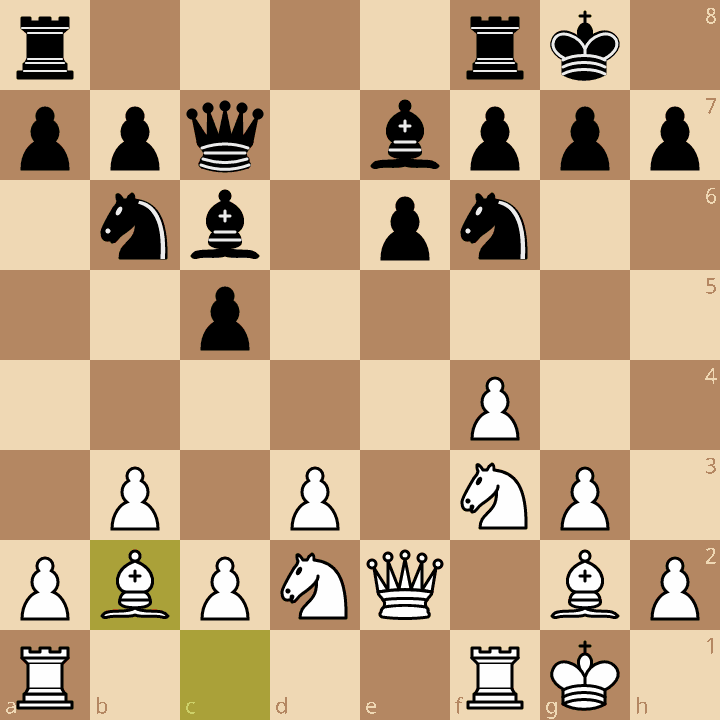
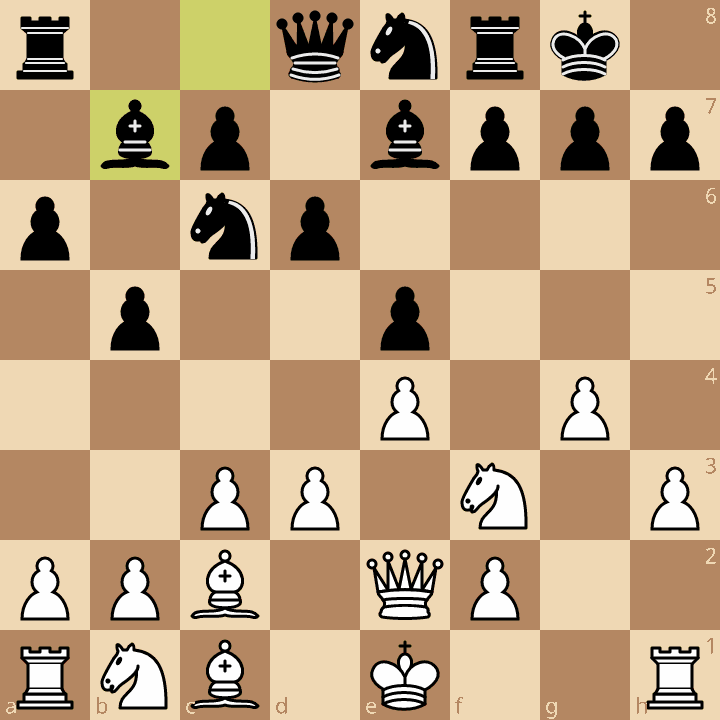
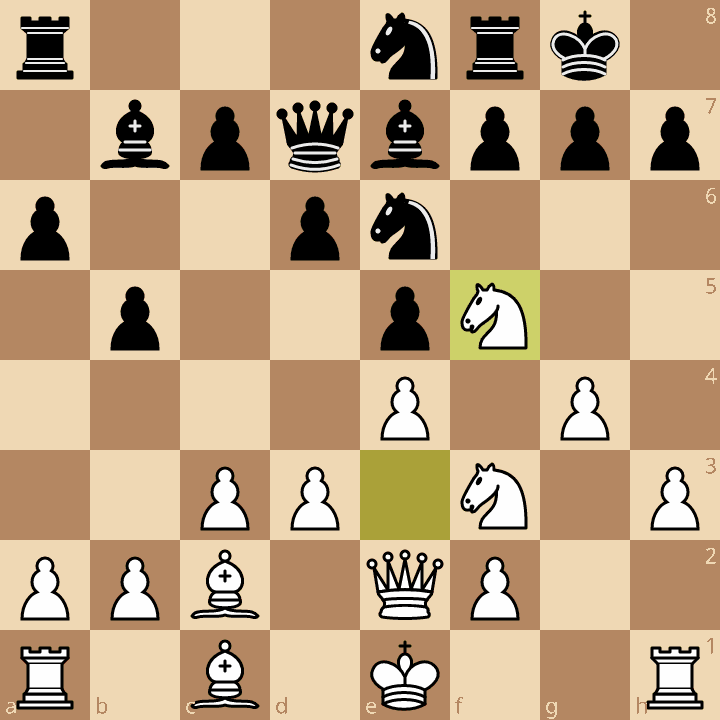
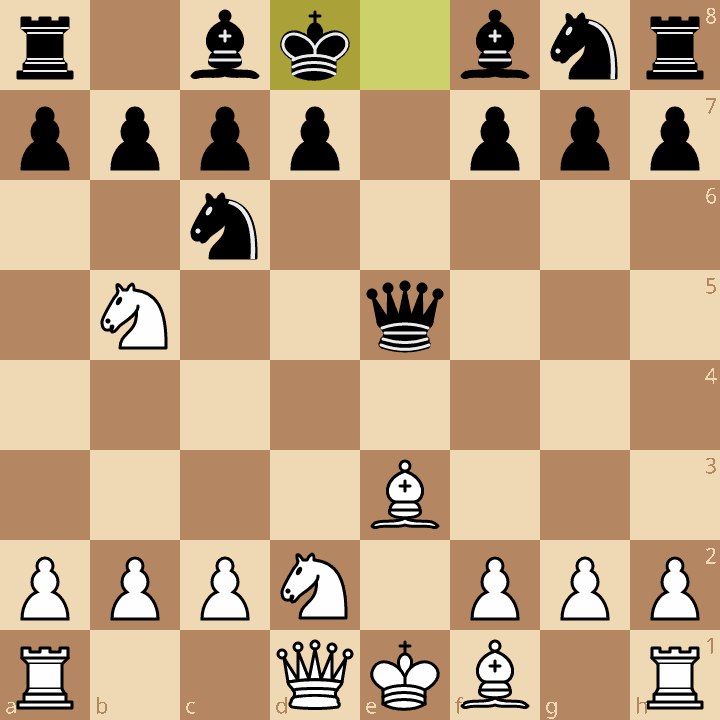
Steinitz's Opening Repertoire
Steinitz's opening repertoire varied quite a bit over his lifetime. But something that is very obvious from looking at any decent collection of his games is that Steinitz was *very* active in developing opening theory. Not every experiment was successful, but they are often very memorable. We'll stick to Steinitz's tried and true lines.
As White: Ruy Lopez, Italian Game, Steinitz Gambit, King’s Gambit, Nc3 French, Queen's Gambit
Steinitz very often employed the Ruy Lopez (1.e4 e5 2.Nf3 Nc6 3.Bb5), and was one of the first players to really start plumbing its depths after Adolf Anderssen showed how playing it slowly could lead to great positions (see the aforementioned Nbd2-f1-g3/e3-f5 plan).
The Italian Game (1.e4 e5 2.Nf3 Nc6 3.Bc4) was also a huge mainstay for Steinitz. Against the Two Knights Defense Steinitz liked the Knight Attack (4.Ng5), and even has a variation named after him in the main line (4...d5 5.exd5 Na5 6.Bb5+ c6 7.dxc6 bxc6 8.Be2 h6 9.Nh3!?). While Steinitz usually played the Main Line variation of the Giuoco Piano (3...Bc5 4.c3 Nf6 5.d4), he sometimes played a slow Giuoco Pianissimo (4.d3). Steinitz's routing of von Bardeleben in the so-called Battle of Hastings is a classic example of Steinitz using the Italian to vanquish his opposition.
Steinitz's most infamous habit of leaving his king to defend for himself is exemplified and enshrined in his invented variation of the Vienna Gambit (1.e4 e5 2.Nc3 Nc6 3.f4), called the Steinitz Gambit (3…exf4 4.d4!?). We might call this a Bongcloud Defense Deferred after 4...Qh4+ 5.Ke2!? Steinitz was a provocateur, and goaded his opponents into headstrong attacks that failed against his heroic defense.
Against the French Defense (1.e4 e6), Steinitz sometimes employed his eponymous attack (2.e5). However, the important thing to note about Steinitz is that he was one of the first players who avoided the Exchange Variation (2.d4 d5 3.exd5!?). Instead he chose 3.Nc3 which is still considered the mainline today.
At certain times later in his career, Steinitz essayed the Queen's Gambit (sometimes via a 1.Nf3 move order followed by 2.d4 and 3.c4). Theory at the time was pretty limited, and he often shut in his own bishop with the move 4.e3. Nevertheless Steinitz won some fine games using this classic opening line.
As Black: The Open Game, Queen’s Gambit Declined, Slav Defense
Steinitz wasn't afraid of a gambit pawn, which were a staple part of his diet as a chess player. Therefore it was his habit to accept all manner of gambits and then prove his ideas correct in the ensuring madness. Against more sane lines, he tended to play very defensively, turtling up and protecting his center. This is perhaps no better exemplified than in the Steinitz Defense against the Ruy Lopez (1.e4 e5 2.Nf3 Nc6 3.Bb5 d6!?).
While this line in particular has fallen on hard times, its "Deferred" variations (3...a6 4.Ba4 d6; 4...Nf6 5.O-O d6) still enjoy some play today. One of the most interesting contributions Steinitz has made to Black's Ruy Lopez theory is the kingside fianchetto, which is often employed in these Deferred lines (though some players like Smyslov would even play 3...g6!? right away).
Steinitz liked to meet the Queen’s Gambit (1.d4 d5 2.c4) with either the Slav Defense (2…c6) or the normal Declined (2…e6) variations.
Other Opening Variations bearing Steinitz's name
Steinitz invented a lot of lines during his experimentations, and therefore many opening variations bear his name. Some others worth mentioning for theoretical reasons though he might not have played them a bunch are:
The Steinitz Attack against the Petrov Defense: 1.e4 e5. 2.Nf3 Nf6 3.d4!?
The Steinitz Variation against the Scotch Game: 1.e4 e5 2.Nf3 Nc6 3.d4 exd4 4.Nxd4 Qh4!?
The Steinitz Variation against the Ponziani Opening: 1.e4 e5 2.Nf3 Nc6 3.c3 d5! 4.Qa4 f6!
Steinitz's Weaknesses
Steinitz was a powerful player, but was also a bit of an eccentric. This is probably partly due to the fact that he not only published his ideas but had to defend them in practice against the naysayers. A dogged grip on your convictions is a strength, but it also can prove to be a weakness. Here's where Steinitz faltered:
Pawn glutton: Unlike Morphy, Steinitz was way too into grabbing pawns and it got him into trouble against stronger players. He usually made his way out of it fine, because he was still better. But the takeaway for most of us is that if we aren't as strong as Steinitz, we should avoid his weaknesses! His most famous punisher, other than Lasker, must be Chigorin, whose dashing tactics and positional sense outdid Steinitz’s greedy style in the Evans Gambit many-a-world championship match game:
King Safety Disrespecter: By all accounts Steinitz abused his own king and left it undefended, uncastled, and under attack in many games in the opening. Just look at all the theoretical variations he published where his king is sitting on the d-file.
Snail Strategy: Steinitz was willing to spend a lot of time setting up his pieces. In closed positions, these maneuvers were usually OK, but his stronger competition often found a way to punish these ruminations. Watch this 1896 game with Lasker. Steinitz barely gets any of his pieces off of the third rank. While objectively things do not become lost until around the thirtieth move of the game, the seed of defeat lies in his bizarre penchant for passive play.
Conversations: What are YOUR thoughts about Steinitz?
Do you have a favorite game by Steinitz? Do you think he’s over- or under-rated? Do you have any books you would suggest others to read? Questions? Let us know in the comments below.
Steinitz Resources
Everyone rightfully discusses The Battle of Hastings, but I’m particularly fond of ChessDojo’s breakdown of the game. It is a model attack, even today.
Illustrative Games
Steinitz - Zukertort, 1886 Championship, Game 20. Steinitz defeats Zukertort in 19 moves using his infamous gambit.
Steinitz - Blackburne, 1876, Match Game 1. Steinitz’s attacking plan in the Ruy Lopez.
Steinitz - Schlecter, 1898. A main line Italian Game featuring 6.e5! I'm not sure if this was a novelty, but it wasn't common at the time, as far as I can tell.
Blackburne - Steinitz, 1876, Match Game 2. Steinitz outplays Blackburne from a terrible position after the Scotch gone wrong.
Lasker - Steinitz, 1894 World Championship, Game 17. Steinitz grinds Lasker down in a fierce endgame in one of his final games as the world champion.



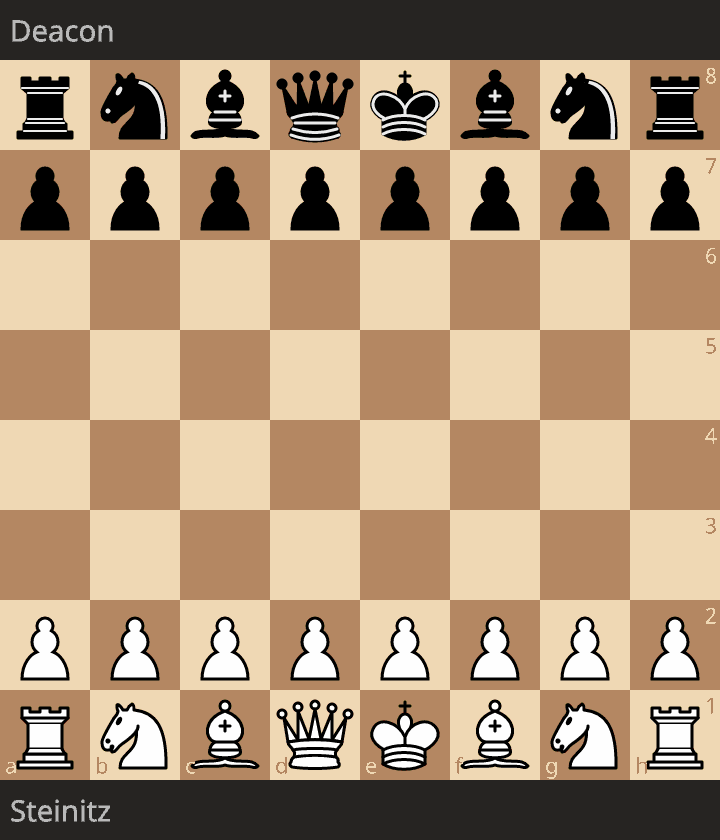
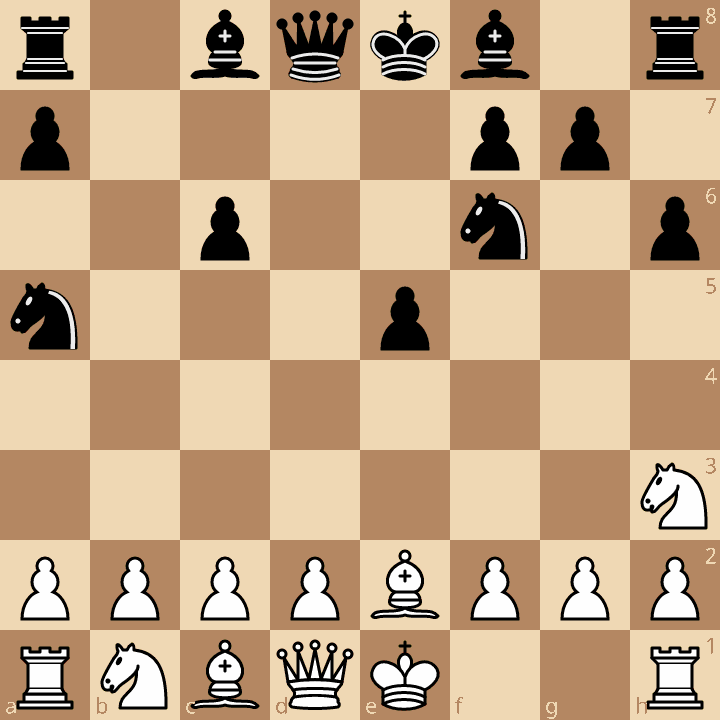
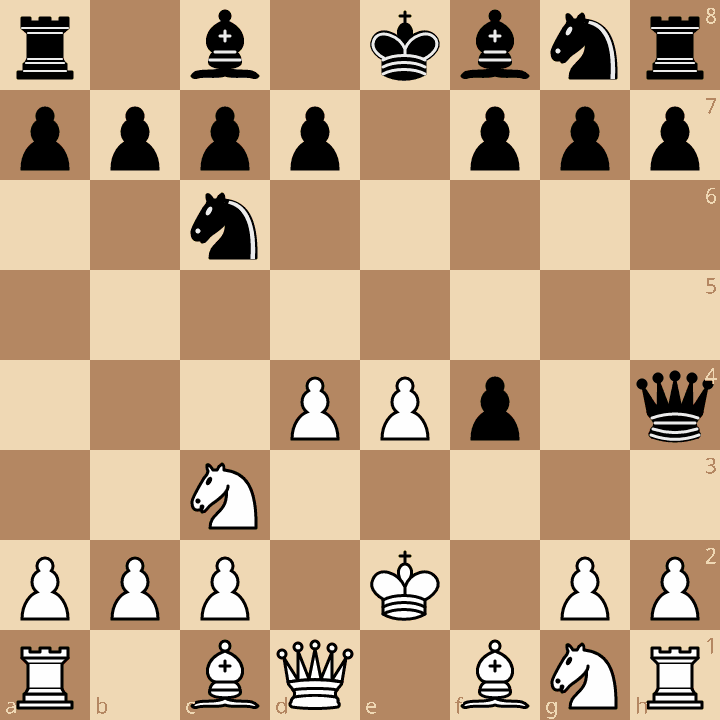
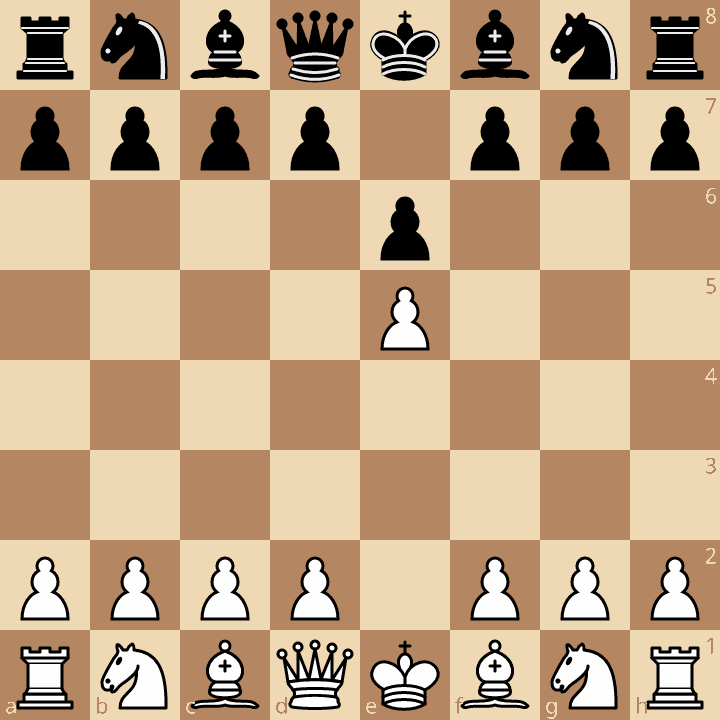
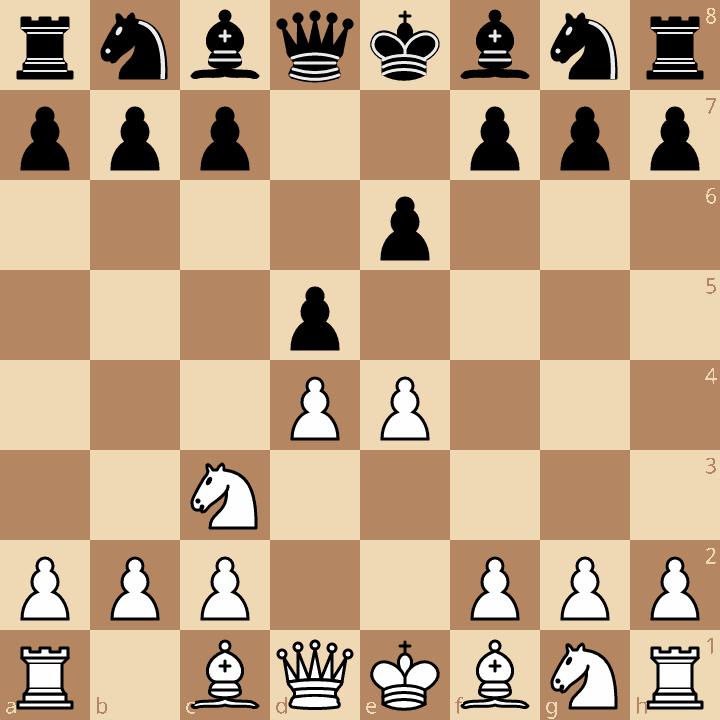
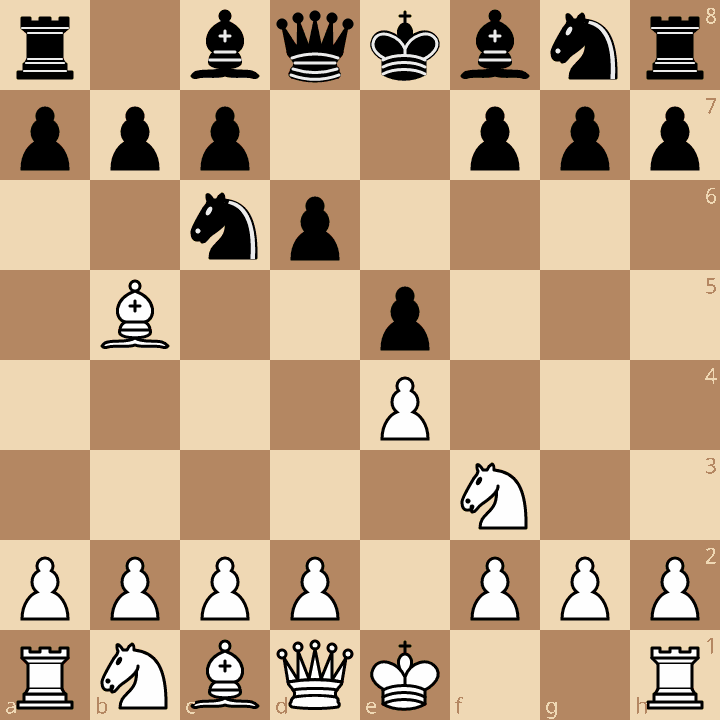
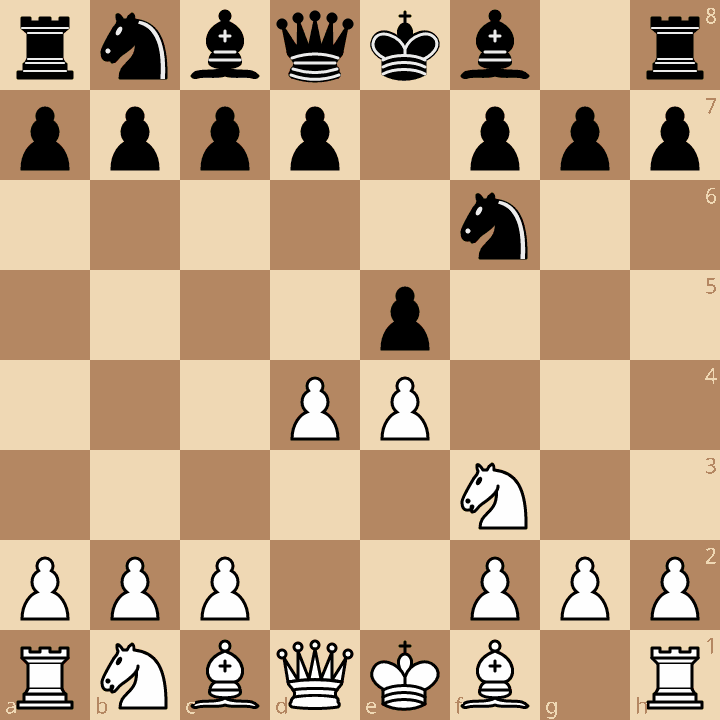
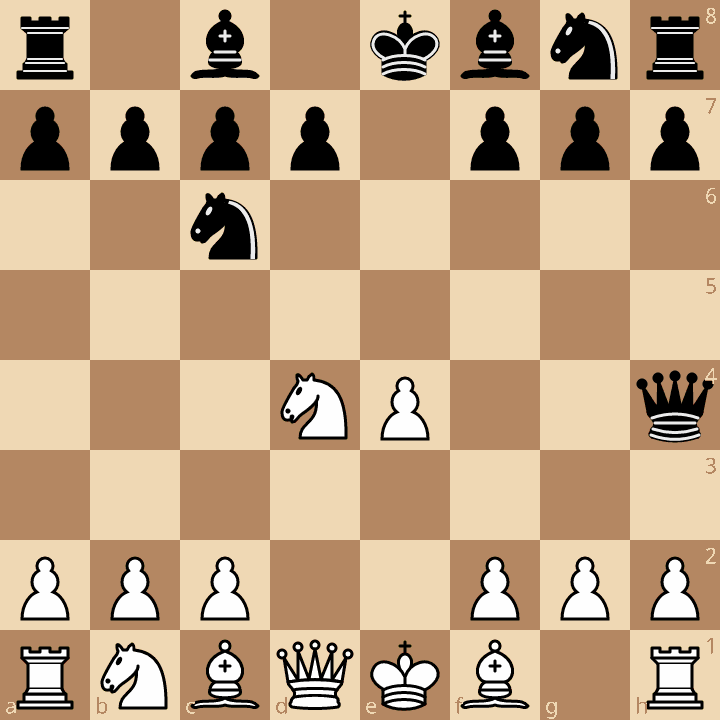
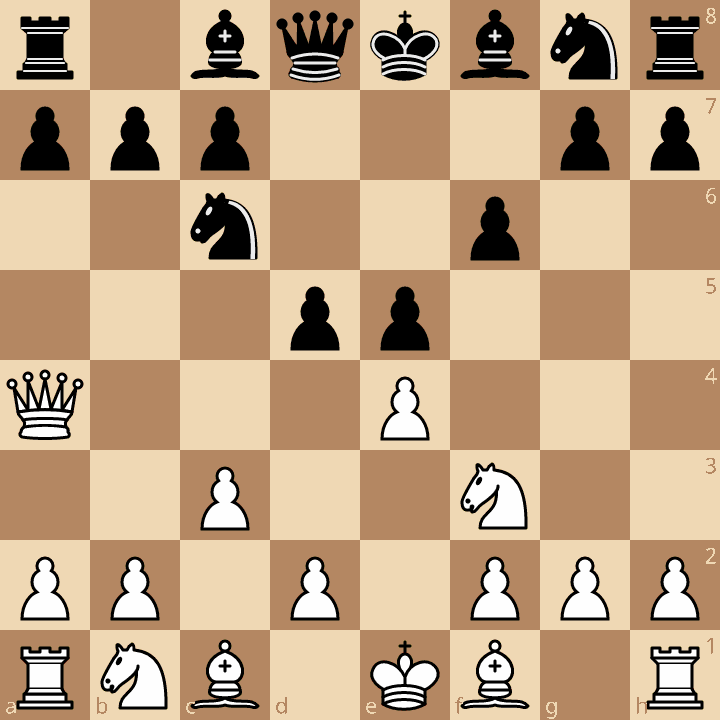
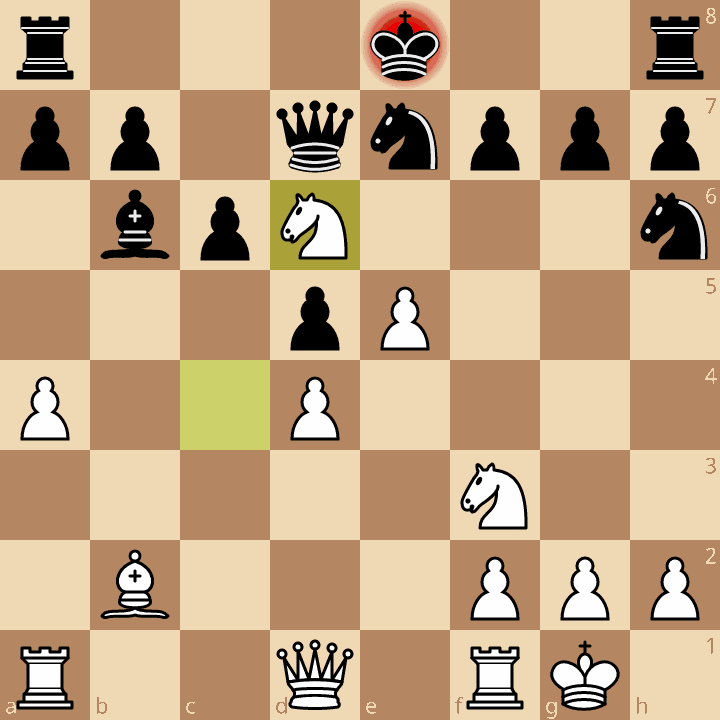
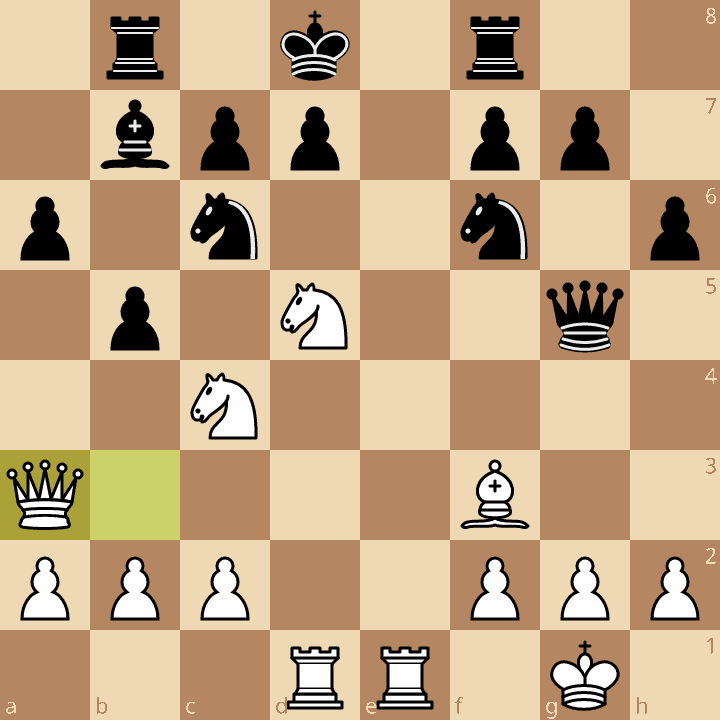
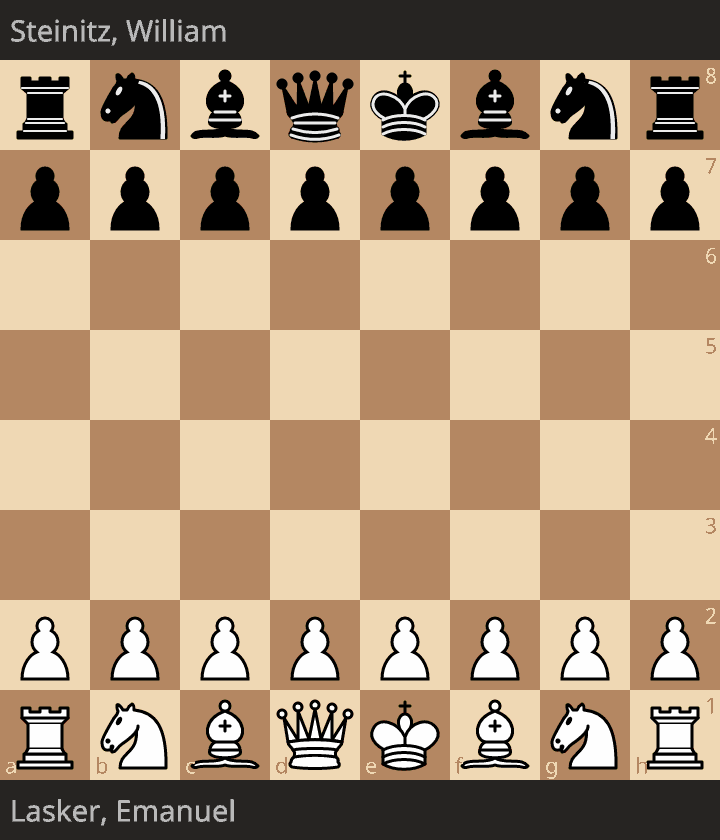

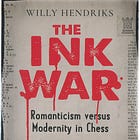
Excellent Post! Great detail